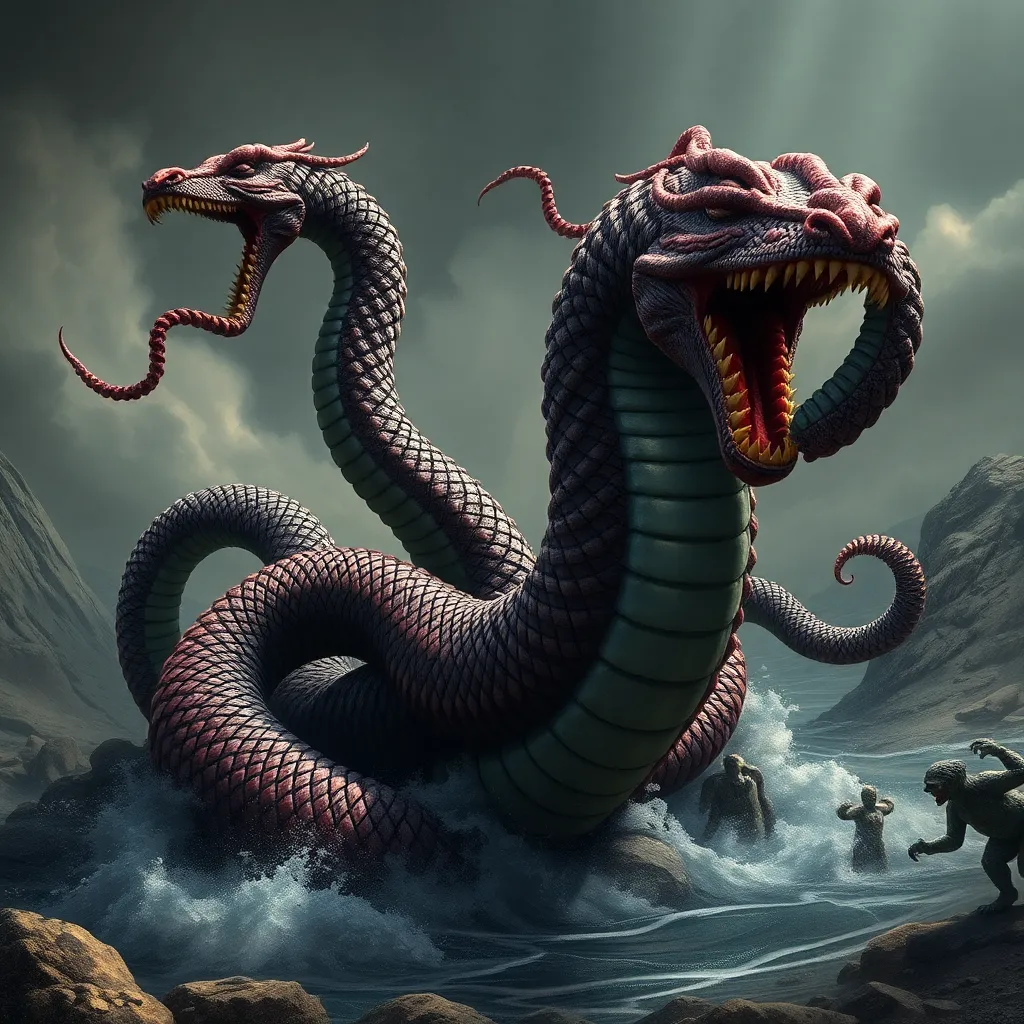The Myth of the Tengu: The Mountain Goblins in Japanese Folklore
Origin and History of the Tengu Myth
The tengu is a mythical creature that has a rich history in Japanese folklore, with its origins shrouded in ancient beliefs and traditions. The earliest references to tengu can be traced back to the 6th century, where they were depicted as malevolent spirits dwelling in deep mountain forests. Over the centuries, the tengu myth evolved and diversified, influenced by various religious and cultural currents, including Shintoism, Buddhism, and folk tales.
Physical Characteristics and Supernatural Abilities
Physically, tengu are typically portrayed as humanoid beings with exaggerated features, such as long noses that resemble a bird's beak and sharp claws. Their skin can vary in color from red to black, and they often wear traditional Japanese clothing, such as robes or loincloths. Tengu are known for their supernatural abilities, including the power of flight, telekinesis, and shapeshifting. They can control the elements, create illusions, and possess humans or animals.
Classification and Different Types of Tengu
There are three main classifications of tengu: greater tengu (daitengu), medium tengu (chutengu), and lesser tengu (kotengu). Greater tengu are the most powerful and are often depicted with wings, while medium tengu have beaks but no wings. Lesser tengu are the weakest and typically have a human-like appearance. Within each classification, there are further variations based on regional traditions and folktales.
The Tengu's Role in Shinto and Buddhist Beliefs
In Shintoism, tengu are regarded as kami, or spirits, that inhabit mountains and forests. They are associated with nature and the wilderness and are believed to possess great power and wisdom. In Buddhism, tengu are often depicted as protectors of the Dharma, the teachings of the Buddha. They are said to guard temples and monasteries and to punish those who commit evil deeds.
Tengu as Guardians of the Mountains and Forests
Tengu are closely associated with the mountains and forests of Japan. They are believed to be the protectors of these natural environments and to punish those who disrespect or harm them. Tengu are also said to possess the power to control the weather and to summon storms and lightning.
The Tengu's Relationship with Humans: Tricksters and Teachers
Tengu have a complex relationship with humans. On the one hand, they are feared as powerful and potentially dangerous creatures. On the other hand, they are also respected as wise and knowledgeable beings. Tengu are often depicted as tricksters, playing pranks on humans and leading them astray. However, they can also be helpful and benevolent, teaching humans about the ways of nature and the Dharma.
Notable Tengu Characters in Japanese Folktales and Literature
There are many notable tengu characters in Japanese folktales and literature. One of the most famous is Sōjōbō, a powerful greater tengu who is said to have lived on Mount Kurama near Kyoto. Sōjōbō is a complex character, both fearsome and compassionate. He is said to have taught the legendary swordsman Miyamoto Musashi the art of strategy and combat.
Tengu in Japanese Art and Culture
Tengu are a popular subject in Japanese art and culture. They are often depicted in paintings, sculptures, and masks. Tengu masks are used in traditional Japanese theater and festivals. Tengu are also featured in many folktales, legends, and anime and manga series.
The Tengu's Legacy and Contemporary Depictions
The tengu myth continues to have a strong influence on Japanese culture and society. Tengu are still revered as powerful and respected beings. They are also seen as symbols of nature, wisdom, and strength. In contemporary Japanese popular culture, tengu are often depicted as benevolent and comical characters. They are featured in anime, manga, and video games, where they often play the role of tricksters or wise mentors.
Interpretation and Symbolism in the Tengu Myth
The tengu myth is a rich and complex tapestry of beliefs and traditions. It reflects the Japanese people's deep respect for nature and the wilderness. Tengu are also symbols of human nature, both its dark and its light sides. They remind us that we are all capable of both good and evil and that we must strive to live in harmony with ourselves and the natural world.
FAQ
What is the difference between a tengu and a kappa?
Tengu and kappa are both mythical creatures from Japanese folklore, but they are quite different in appearance and性格. Tengu are typically depicted as humanoid beings with long noses and sharp claws, while kappa are depicted as turtle-like creatures with webbed feet and a water bowl on their heads. Tengu are associated with mountains and forests, while kappa are associated with water.
Are tengu real?
Tengu are mythical creatures and do not exist in the real world. However, they continue to be a popular subject in Japanese art, literature, and popular culture.
What is the significance of the tengu's long nose?
The tengu's long nose is one of its most distinctive features. It is often interpreted as a symbol of power and wisdom. The longer the nose, the more powerful and wise the tengu is said to be.



